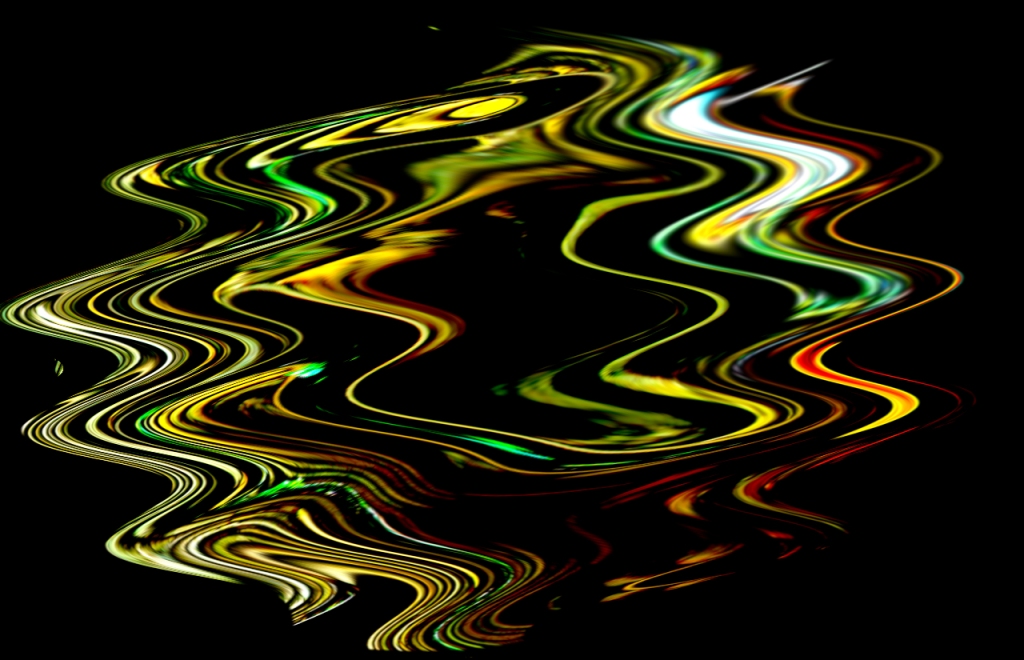
Photons from radioactive elements are always seen to be quantum entangled. A simple entanglement detector made with a cesium disk and an old geiger counter tube shows every photon to be entangled. I have not built up this sort of apparatus myself, but it is a simple university level experiment, documented elsewhere.
Why?
If you believe in and understand the theory I espouse, which implies a medium with a lyotropic nature, which imparts a certain crystallographically defined effect on energy transfer, then the explanation is simple.
The amplitude (geometrically speaking) of a light wave is constrained by its period. You don’t often see this stated, but it is true. Materials such as cesium emit gamma r@ys. The gamma energy is constrained to the geometric spaces near the center of tessellation of the self assembling medium. This means that more of the energy in a gamma r@y is at the geometry of quantum objects. It is more likely to build a self-sustaining path in a lyotropic medium with a finite latency. It is more likely that there is a reflex signal returned along the path, to continue the entanglement of the quantum objects involved.
The purist will submit that all photons from a single quantum source are entangled. This is true, but it happens during the energy initiation while photons are still scalar. When considering normal (light-range) photons, in an imperceptible moment of time those all become vectorized by the medium and are no longer scalar.
With normal light waves, the source is usually not configured to present an efficient match to the lyotropic medium. The random angles and timings of normal incoherent light subscribe to an “impedance mismatch” with the medium itself. Less of the light is aggregated within the path of the center of tessellation. The angles are all-important. That is why the magic anle of 1.1 degrees works so well, and is also why the hexagonal crystallography is twice as entanglement efficient as any other crystallography.
When you get into it, you realize there is not much difference between quantum entangled or half-cycle quantum connections – and coherent (but unentangled / slow) “normal” transverse waves with a very small waveform. The main difference is speed (C versus instantaneous). It becomes a much less mysterious thing.
Note: the author is a writer on technical subjects in some areas, of novels, and of other literature, but does not have any formal credentials related to the medical field, or in physics. Thus, this all constitutes an opinion of what might be possible, based on his own hobby-level knowledge quests.
